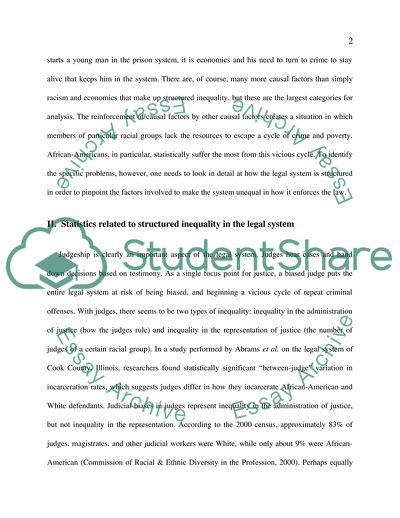Cite this document
(The Persistent Problem of Racial Disparities in the Federal Death Pena Case Study, n.d.)
The Persistent Problem of Racial Disparities in the Federal Death Pena Case Study. Retrieved from https://studentshare.org/law/1727027-criminal-prosecution-blacks-behind-bars
The Persistent Problem of Racial Disparities in the Federal Death Pena Case Study. Retrieved from https://studentshare.org/law/1727027-criminal-prosecution-blacks-behind-bars
(The Persistent Problem of Racial Disparities in the Federal Death Pena Case Study)
The Persistent Problem of Racial Disparities in the Federal Death Pena Case Study. https://studentshare.org/law/1727027-criminal-prosecution-blacks-behind-bars.
The Persistent Problem of Racial Disparities in the Federal Death Pena Case Study. https://studentshare.org/law/1727027-criminal-prosecution-blacks-behind-bars.
“The Persistent Problem of Racial Disparities in the Federal Death Pena Case Study”. https://studentshare.org/law/1727027-criminal-prosecution-blacks-behind-bars.


